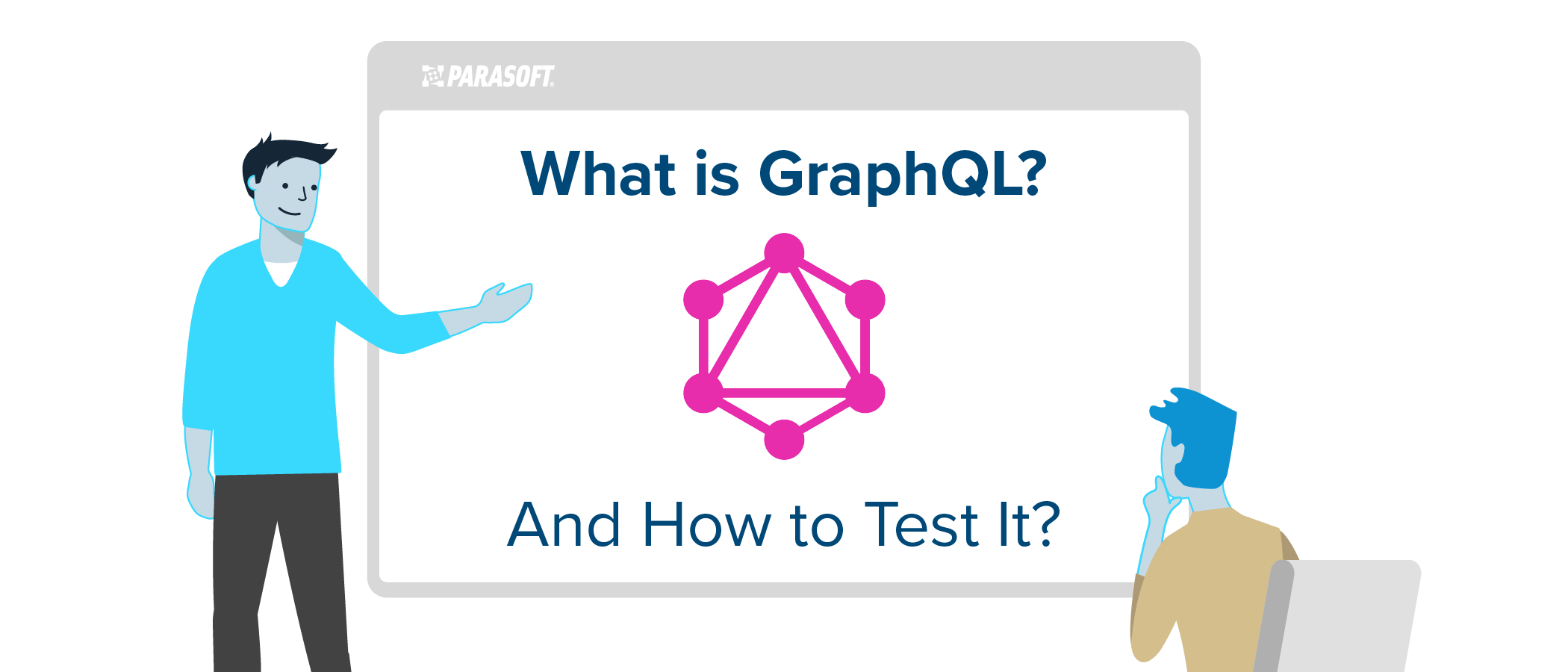

GraphQL has defined a new approach to resource processing. This means that even if there’s a load balancer or a proxy, the operation will continue anyway. When a client is communicating with the server, they are aware only of superficial communication layers. REST respects isolation on all levels of the web architecture. All messages have a defined structure, and the same logic applies to state transactions. REST offers a set way to identify resources and manipulate them. Regardless of the operation, the client and the server use the same patterns to communicate.

Constraint 4: Uniform InterfaceĪll operations in REST are based on the same interface. This data is cached until the operation is finished. Whenever the operation needs the credit card data, the user doesn’t have to re-enter everything once again. To manage operations in REST APIs, developers need to divide cacheable and uncacheable.Ī scenario: a user fills out the payment form. The cache allows reusing the same information without having to re-send requests multiple times. Constraint 3: Cacheable or Non-Cacheable Responses If there’s an error in one process, it doesn’t impact the architecture or the rest of the functionality. Stateless architecture contributes to the isolation of HTTP requests. To see it again, a user needs to resend the request. The server processes the request and shows the information, but doesn’t store the history itself. The state of the front-end can be communicated in the request however, it’s only understood by the back-end, but not saved there.Ī scenario: a client sends a request to see the purchase history. The server doesn’t store any client (front-end) information about the session. It makes sure the interactions are fast, smooth, and secure. REST architectural style connects clients and servers and manages the data exchanges between the two. Back-end operations are performed on the server, front-end – on the client. A server stores this data and displays it to the front-end, once the request from a client is received. Servers handle resources, whereas clients represent the entities that use these resources – typically, user requests.Ī scenario: A client requests to see a list of text messages. Constraint 1: Client-ServerĪll systems that REST works with have to be built with a client-server architecture. They define the basic principles that differ REST API vs Web API. The functionality and architecture of REST are defined by several characteristics, also known as the REST constraints. Just like the outlet distributes the electricity, REST and GraphQL take responsibility for data transfers, security, and distribution – so you don’t have to deal with all the information at once. The purpose of REST and GraphQL is to communicate between the client and the server. Instead, you introduce an abstraction layer – the outlet that distributes the electricity and is always used to perform this function. Think of it as an electrical outlet: to get your appliances running, you don’t wire them directly to the source.
#Graphql as a universal database abstraction code
Instead of typing multiple code lines that describe a particular operation, you can just insert the operation’s name. What is the Difference Between API and Rest API?Īlso known as APIs, these components permit developers to build complex features by abstracting complicated syntax. This brief overview will help us understand why web projects need to use REST or GraphQL in the first place. Before we analyze Graphql vs REST API head-to-head, let’s take a step back and look at the purpose of API.


 0 kommentar(er)
0 kommentar(er)
